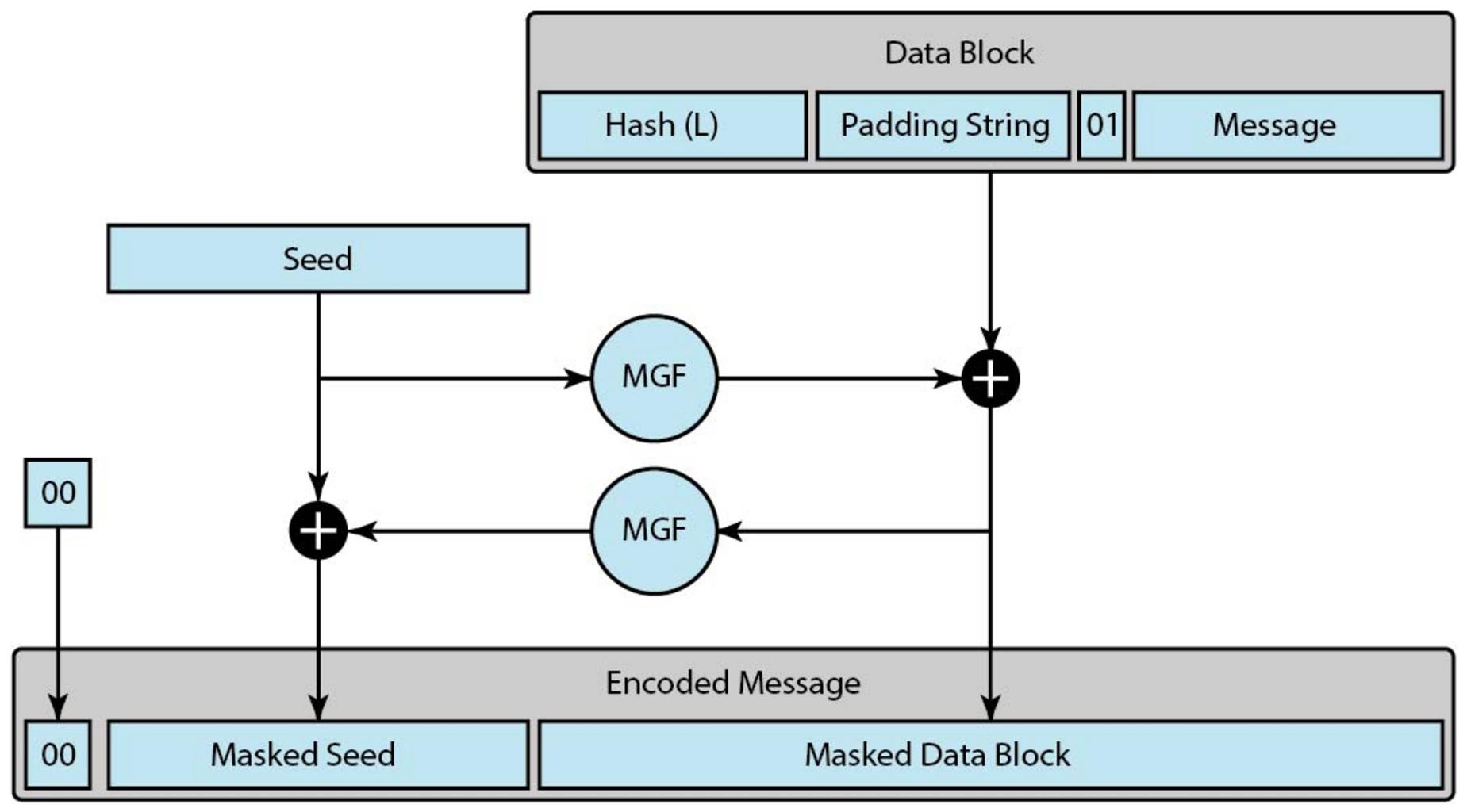Steps to Mastering Natural Language Processing, Natural Language Processing (NLP) is an exciting area of study that brings together computer science, artificial intelligence, and linguistics to help machines understand and use human language.
In recent years, there has been a surge in interest in NLP due to its applications in various industries, such as healthcare, finance, marketing, and entertainment.
To master NLP, there are certain steps you can take to ensure you have a comprehensive understanding of the field and its applications. In this post, we will discuss the essential steps to mastering NLP.
1. Understand the Basics of Linguistics
Before diving into NLP, it’s crucial to have a basic understanding of linguistics, the scientific study of language. Linguistics covers a wide range of topics, such as phonetics, phonology, morphology, syntax, semantics, and pragmatics.
Phonetics deals with the physical properties of speech sounds, while phonology focuses on the systematic organization of speech sounds in a language.
Morphology studies the structure of words, while syntax deals with the structure of sentences. Semantics is concerned with the meaning of words and sentences, while pragmatics studies the use of language in context.
Having a basic understanding of these linguistic concepts will help you understand the structure and function of human language, which is essential for designing effective NLP models.
2. Learn the Fundamentals of Machine Learning
The next step to mastering NLP is to learn the fundamentals of machine learning (ML), which is the foundation of most NLP models.
Machine learning is a subfield of artificial intelligence that provides systems with the ability to learn and improve from experience without being explicitly programmed.
A good understanding of the fundamentals of ML will help you understand the different types of NLP models, such as supervised, unsupervised, and semi-supervised learning.
It will also help you understand how to preprocess text data, select appropriate features, and evaluate the performance of your models.
3. Get Familiar with NLP Libraries and Tools
To get started with NLP, you need to choose a programming language and familiarize yourself with the relevant NLP libraries and tools.
Python is the most popular language for NLP due to its simplicity, readability, and the availability of a wide range of libraries for NLP.
Some of the most popular NLP libraries in Python include NLTK, SpaCy, TextBlob, Gensim, and Stanford CoreNLP.
These libraries provide a range of functionalities for NLP, such as tokenization, stemming, lemmatization, part-of-speech tagging, named entity recognition, sentiment analysis, and topic modeling.
It’s essential to understand how to use these libraries and tools to preprocess text data, build and tune NLP models, and evaluate their performance.
What is an adaptive clinical trial? »
4. Practice with NLP Projects
To master NLP, you need to practice with NLP projects that involve real-world data and challenges. There are several sources of NLP projects, such as Kaggle, academic papers, and industry datasets.
Some popular NLP projects include sentiment analysis, text classification, question-answering systems, chatbots, machine translation, and speech recognition.
By working on NLP projects, you can build your skills in data preprocessing, feature engineering, model selection, and evaluation. You can also learn from other data scientists in the community and get feedback on your work.
5. Stay Up-to-date with the Latest NLP Research and Techniques
Finally, to master NLP, you need to stay up-to-date with the latest research and techniques in NLP. The field of NLP is rapidly evolving, with new models, techniques, and algorithms being introduced regularly.
To stay informed, you can read academic papers, attend conferences and workshops, and participate in online communities and forums.
Some of the latest trends in NLP include deep learning-based models, transformers, pretraining, contextual embeddings, and multilingual.
By staying up-to-date with the latest research and techniques, you can apply the most advanced and effective approaches to your NLP projects and stay ahead in the field.
Conclusion
Mastering NLP requires a combination of linguistics, machine learning, programming skills, and project experience.
By following the essential steps outlined above, you can build a comprehensive understanding of NLP and its applications.
Remember to keep practicing, stay up-to-date with the latest research and techniques, and have fun exploring the exciting world of natural language processing.













